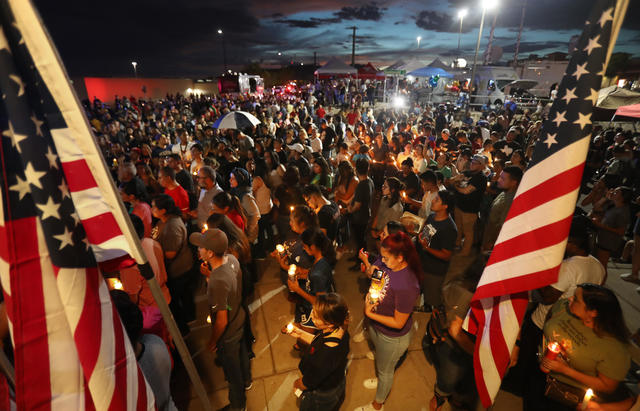The United States is a vast country with a diverse population. This diversity is reflected in the crime rates of its cities. Some cities are plagued by high rates of violent crime, while others are relatively safe.
The FBI’s Uniform Crime Reporting (UCR) Program collects data on crime in the United States. The UCR Program defines violent crime as murder, rape, robbery, and aggravated assault. Property crime is defined as burglary, larceny-theft, and motor vehicle theft.
According to the UCR Program, the 10 most dangerous cities in the United States in 2023 were:
- Bessemer, Alabama
- Detroit, Michigan
- Memphis, Tennessee
- St. Louis, Missouri
- New Orleans, Louisiana
- Birmingham, Alabama
- Flint, Michigan
- Stockton, California
- Baltimore, Maryland
These cities all had violent crime rates that were significantly higher than the national average of 396.0 per 100,000 people. For example, Bessemer, Alabama, had a violent crime rate of 331.8 per 100,000 people, while Detroit, Michigan, had a violent crime rate of 213.7 per 100,000 people.
The high rates of violent crime in these cities are due to a number of factors, including poverty, inequality, and lack of opportunity. These factors can lead to social disorganization, which can create an environment that is conducive to crime.
The high rates of crime in these cities can have a devastating impact on the lives of residents. Victims of crime can suffer physical and emotional trauma, and they may also lose their property or even their lives. Crime can also make it difficult for businesses to operate in these cities, which can lead to economic decline.
There are a number of things that can be done to address the problem of crime in these cities. One important step is to address the underlying causes of crime, such as poverty and inequality. Another important step is to improve law enforcement and public safety.
The federal government can play a role in addressing the problem of crime in these cities. The federal government can provide funding for programs that address the underlying causes of crime, and it can also provide assistance to law enforcement agencies.
State and local governments can also play a role in addressing the problem of crime. State and local governments can provide funding for programs that address the underlying causes of crime, and they can also pass laws that make it more difficult for criminals to operate.
By working together, the federal government, state governments, and local governments can help to make these cities safer places to live.
Specific Factors That Contribute to Crime in Dangerous Cities
In addition to the general factors mentioned above, there are a number of specific factors that can contribute to crime in dangerous cities. These factors include:
- The presence of gangs and organized crime. Gangs and organized crime can play a major role in crime in dangerous cities. They can be involved in a variety of criminal activities, including drug trafficking, prostitution, and violence.
- The availability of guns. The United States has a high rate of gun ownership, which can contribute to the high rate of gun violence in dangerous cities.
- The lack of economic opportunity. Poverty and unemployment can lead to crime. People who are struggling to make ends meet may be more likely to turn to crime to support themselves or their families.
- The presence of social disorganization. Social disorganization can create an environment that is conducive to crime. This can include factors such as high rates of poverty, unemployment, and single-parent households.
Consequences of Crime in Dangerous Cities
The high rates of crime in dangerous cities can have a devastating impact on the lives of residents. Victims of crime can suffer physical and emotional trauma, and they may also lose their property or even their lives. Crime can also make it difficult for businesses to operate in these cities, which can lead to economic decline.
Specific consequences of crime in dangerous cities include:
- Increased fear and anxiety. People who live in dangerous cities may be afraid to go out alone, even during the day. They may also be afraid to let their children play outside.
- Damage to property. Crime can damage property, which can be costly for individuals and businesses.
- Loss of life. Crime can lead to death, which can have a profound impact on the families and friends of the victim.
- Economic decline. Crime can make it difficult for businesses to operate in dangerous cities. This can lead to economic decline and job losses
